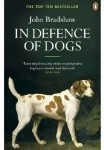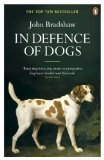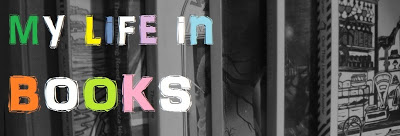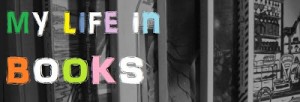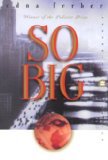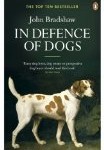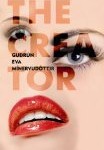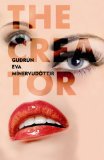
The Light Between Oceans by M L Stedman
Five words from the blurb: Australia, lighthouse, childless, baby, keep
The Light Between Oceans is set in a remote lighthouse off the western coast of Australia. It is here that a young childless couple live with the grief of being unable to produce a living child. Their lives change when a lifeboat washes up on the shore. It contains the body of man and a tiny baby, which they decide to keep and pass off as their own.
The simple fact was that, sure as a graft will take and fuse on a rose bush, the root stock of Isobel’s motherhood – her every drive and instinct, left raw and exposed by the recent stillbirth – had grafted seamlessly to the scion, the baby which needed mothering. Grief and distance bound the wound, perfecting the bond with a speed only nature could engineer.
I initially loved this book. The story was fast paced, gripping and emotionally tense. Unfortunately things went downhill as the book progressed. The pace slowed in the middle section and it became predictable and overly sentimental. I think this book would have been better if the plot had been condensed and about 100 pages removed.
Overall this was a light, entertaining read, but it didn’t have the depth to really satisfy me.

.
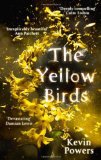
The Yellow Birds by Kevin Powers
Five words from the blurb: Iraq, war, graphic, memories, hero
The Yellow Birds is described as a novel, but it is more like a series of short stories, all based around the experiences of one soldier in the Iraq war. The author, Kevin Powers, served in the US Army in Iraq during 2004 and 2005. His first hand experience is obvious as the scenes are as powerful as they are graphic.
When the mortars fell, the leaves and fruit and birds were frayed like ends of rope. They lay on the ground in scattered piles, torn feathers and leaves and the rinds of broken fruit intermingling. The sunlight fell absently through the spaces in the treetops, here and there glistening as if on water from smudges of bird blood and citrus.
This book reminded me of The Things They Carried – it even shared some of the repeating rhythms. Anyone who loved O’Brien’s book will find a lot to admire in The Yellow Birds, but I found it shared a lot of the same problems. I longed for more connection between the stories and I wanted a plot instead of just snapshots of individual scenes.
There is some powerful writing within this book, but it just felt like an Iraqi version of The Things They Carried and didn’t give me any new insights into the horrors of war.

.





and am making good progress with The Swarm by Frank Schätzing
. I may try to squeeze in another German book before the end of the month too.
